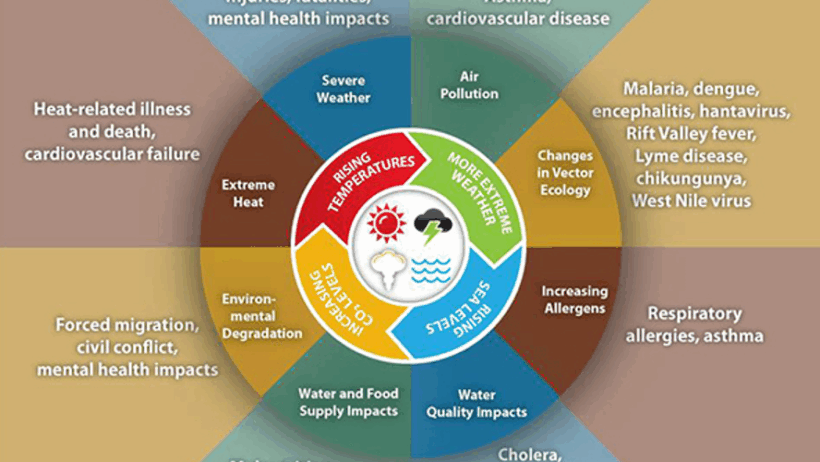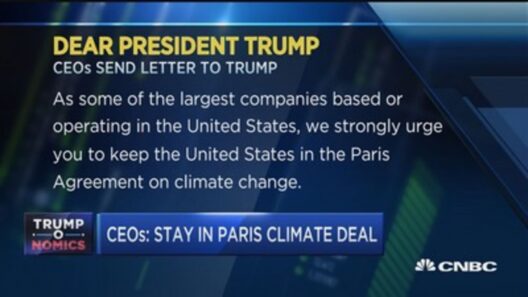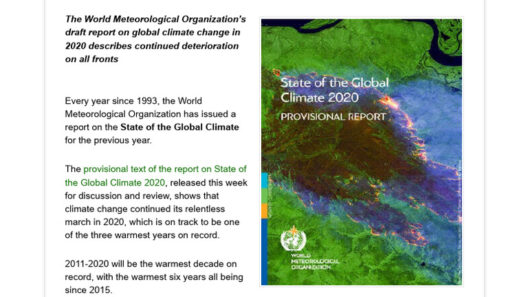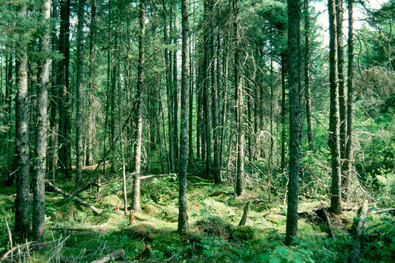Climate change is arguably one of the most pressing challenges facing humanity today. Its repercussions are not merely a future concern; they manifest daily in extreme weather events, sea level rise, and widespread ecological disruption. The fascination with climate change is not limited to its immediate effects; rather, it lies in understanding the multilayered reasons contributing to this phenomenon. This exploration delves into the anthropogenic factors driving climate change, natural cycles that coalesce with human activities, and the intricate interplay of socio-economic dynamics.
The primary catalyst behind contemporary global climate change is the surge in greenhouse gas emissions stemming from human activities. Carbon dioxide, methane, and nitrous oxide are principal offenders in this regard. The burning of fossil fuels for energy generation, coupled with deforestation for agricultural expansion, exacerbates the accumulation of these gases in the atmosphere. Each year, industries release billions of tons of carbon dioxide, primarily from electricity production, transportation, and industrial processes. This deluge of emissions directly correlates with the rise in global temperatures.
In addition to fossil fuel combustion, agriculture plays an ominous role in climate change. The agrarian sector is both a victim and a perpetrator of climate dynamics. Land-use changes, such as the conversion of forests into farms, not only reduce the Earth’s carbon absorption capacity but also release stored carbon back into the atmosphere. Moreover, livestock agriculture is a significant source of methane emissions, a gas with a potency that is many times greater than carbon dioxide in terms of heat-trapping abilities. The challenges posed by feeding a growing population have led to practices that further intensify climate disruption.
Beyond human activities, natural phenomena contribute to the complex web of climate change. For instance, volcanic eruptions can inject substantial amounts of ash and sulfur dioxide into the atmosphere, leading to short-term cooling effects. However, these natural events cannot outweigh the long-term warming trends induced by human actions. Ocean currents and solar radiation also play vital roles in climatology. The El Niño and La Niña phenomena, which are related to oceanic temperature changes, can lead to significant variations in weather patterns across the globe. Such natural variations add layers of complexity to the climate change narrative.
Moreover, socio-economic factors act as both accelerators and barriers to climate action. Economic growth models, particularly in industrialized nations, heavily rely on fossil fuel consumption, which presents a major hindrance to mitigating climate change. The dichotomy between economic development and environmental sustainability is a persistent challenge. Developing nations often aspire to a similar trajectory of growth seen in affluent countries, which traditionally has occurred at a considerable environmental cost. In this context, the right to develop must be reconciled with responsibility towards the planet.
Additionally, social inequities exacerbate the plight of climate change. Vulnerable populations, often residing in regions most affected by climatic shifts, face consequences disproportionately. Droughts, floods, and resource scarcity intensify existing vulnerabilities, creating a spiral of disadvantage. Climate change is, at its core, an issue of social justice. It is imperative to recognize that those who contribute the least to greenhouse gas emissions often bear the brunt of its consequences. This reality requires an ethical framework for discussions around climate policy and action.
Climate change also cannot be divorced from the trajectories of globalization. With increasing interconnectedness, the ramifications of climate change transcend borders. Global supply chains contribute to higher emissions and environmental degradation, as goods are transported across vast distances. The consumption patterns fostered by globalization exacerbate resource depletion and waste generation. The marketing of unsustainable lifestyles places additional strain on ecological systems, prompting a need for a paradigm shift towards sustainable consumption.
Technological advancements present an intriguing contrast in the climate change dialogue. Innovations such as renewable energy technologies, carbon capture, and storage systems, hold promise for alleviating some of the impacts of climate change. Nevertheless, reliance on technology alone can foster a false sense of security, often referred to as “technological optimism.” It is essential to underscore that technological solutions must be part of holistic approaches, integrating policy reforms, behavioral changes, and societal values towards environmental stewardship.
International cooperation is critical in addressing climate change. Agreements such as the Paris Agreement epitomize the collective recognition of climate change as a global crisis necessitating a unified response. Countries must commit to reducing emissions and adapting to its impacts while ensuring that aid flows to those most affected. The importance of transparent data sharing, technological transfer, and collaborative conservation efforts cannot be overstated.
In conclusion, the myriad reasons behind global climate change are grounded in both human activities and natural phenomena, interwoven with socio-economic factors and global dynamics. A comprehensive understanding of these elements is essential for articulating effective responses to the climate crisis. Confronting climate change requires a multi-faceted approach that encompasses technological innovation, social equity, and international cooperation. As the world grapples with the implications of a changing climate, the imperative for collective action has never been more urgent. The powers that be must grasp the intricate tapestry of causes behind climate change to forge paths towards sustainability, equity, and resilience.








